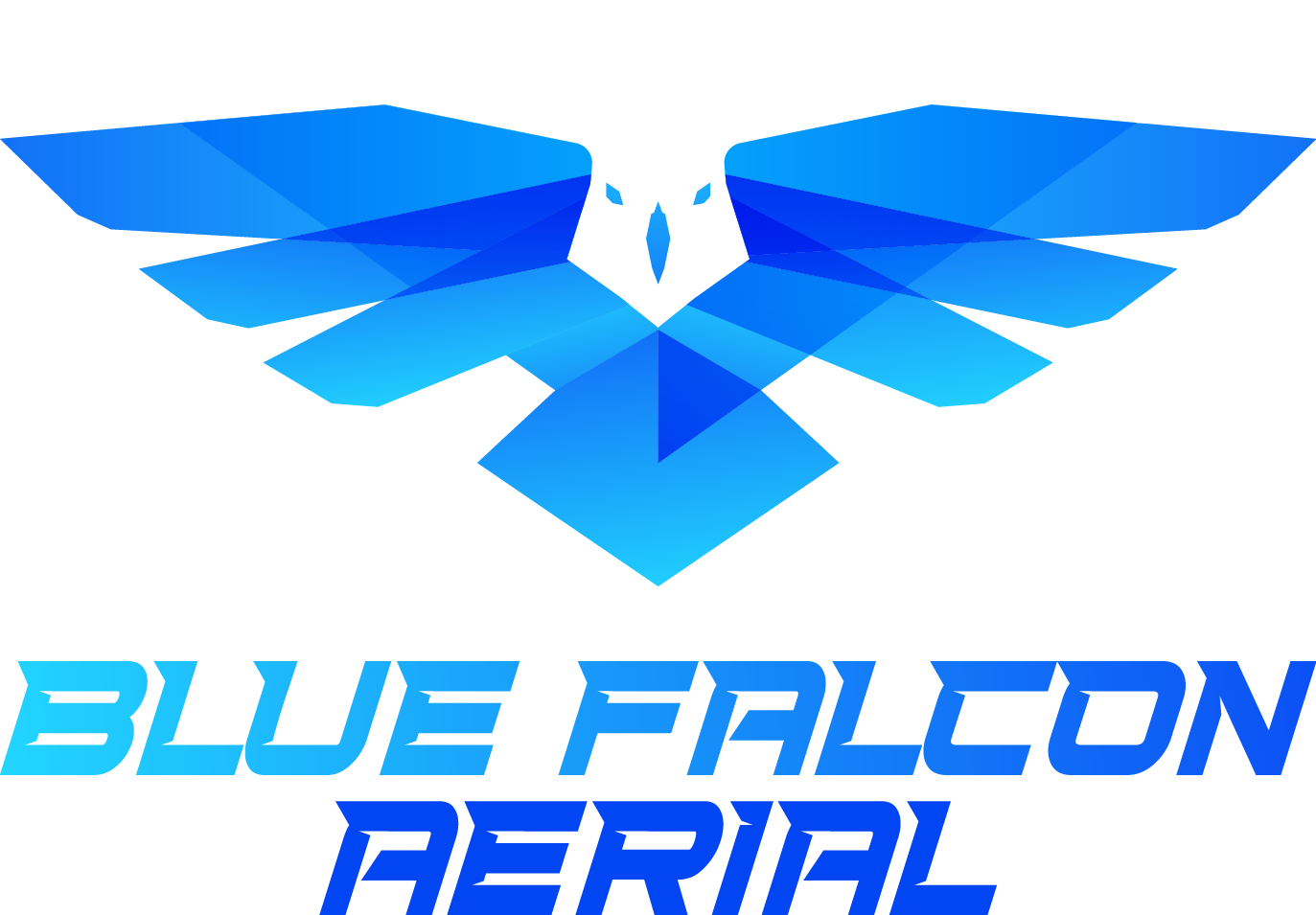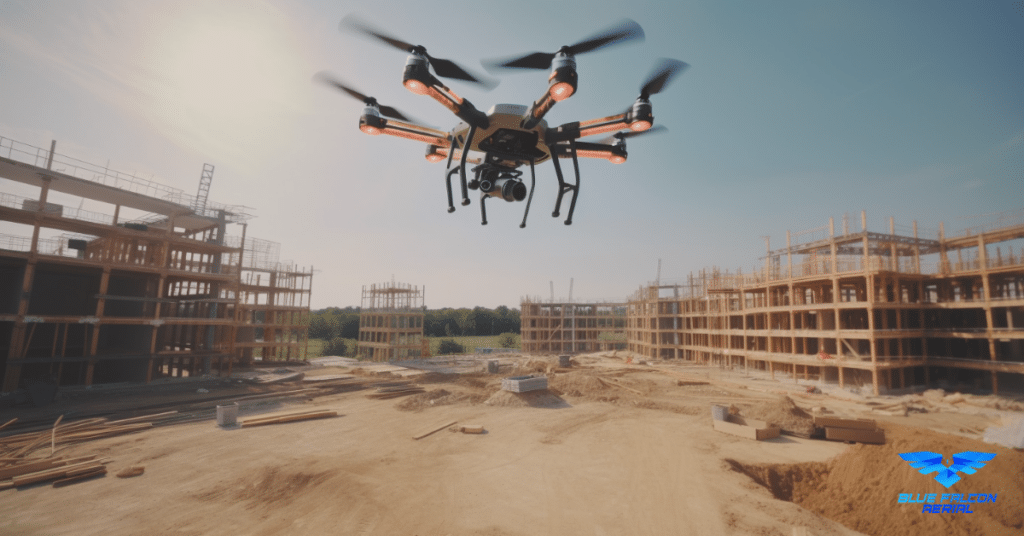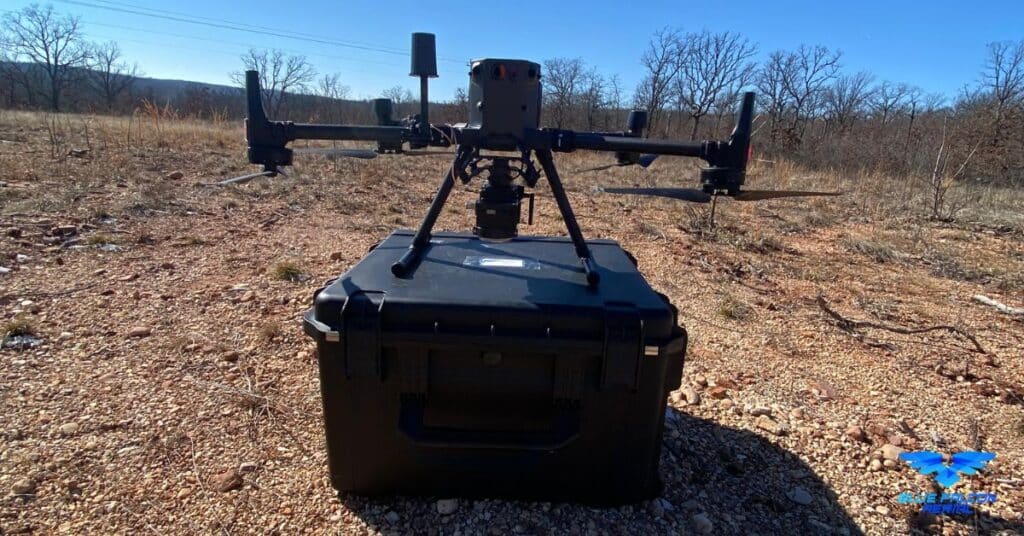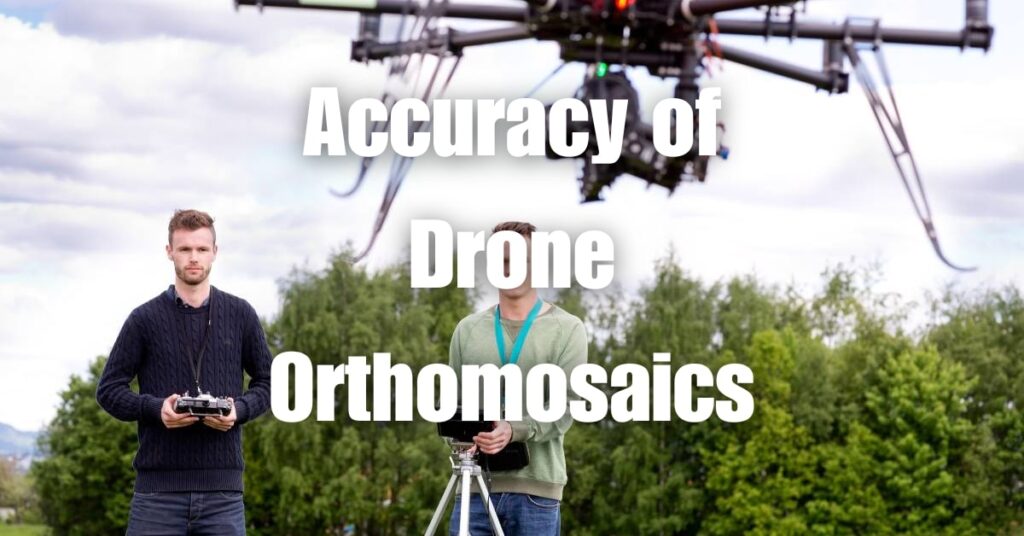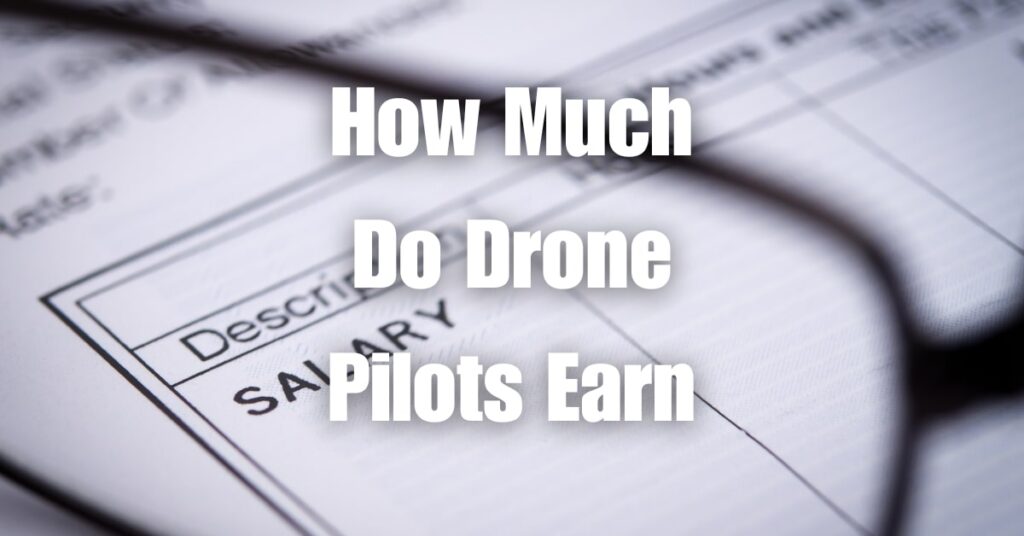In today’s fast-paced world, accurate and efficient surveying techniques are crucial for the success of countless projects across various industries. Aerial LiDAR in surveying has revolutionized the way we approach mapping and data collection, leading to significant improvements in precision and efficiency. In this article, we will explore the ins and outs of mastering Aerial LiDAR technology and its applications, transforming the surveying process into a more reliable and streamlined practice.
What is Aerial LiDAR?
Definition and Background
Aerial LiDAR, or Light Detection and Ranging, is a remote sensing technology that utilizes laser beams to measure and collect accurate, high-resolution spatial data of the Earth’s surface. It involves mounting a LiDAR sensor on an aerial platform, such as a drone, airplane, or helicopter, which then emits laser pulses towards the ground. These pulses bounce off objects and the ground, returning to the sensor. By measuring the time it takes for each pulse to return, the distance to the object can be calculated, ultimately creating a precise 3D representation of the surveyed area.
Aerial LiDAR has been in use since the 1960s, but recent advancements in technology, including more accurate sensors and improved data processing techniques, have made it an increasingly popular choice for various applications in surveying and mapping.
How It Works
Aerial LiDAR works by emitting a rapid series of laser pulses, sometimes up to hundreds of thousands per second, from the aerial platform. These pulses travel towards the ground and interact with various objects, such as vegetation, buildings, and the ground itself. The LiDAR sensor then detects the reflected light from these interactions.
To convert this data into accurate distance measurements, the LiDAR system relies on the speed of light and the time it takes for each pulse to travel to the ground and back to the sensor. By combining these distance measurements with the known position and orientation of the aerial platform, a detailed 3D point cloud is generated, representing the surveyed area.
Can LiDAR be Used for Surveying?
Yes, LiDAR is an excellent tool for surveying and has become increasingly popular in various surveying applications. Its ability to collect precise, high-resolution data quickly and efficiently has made it an invaluable resource for surveyors in many industries. Aerial LiDAR in surveying offers several benefits over traditional methods, such as increased accuracy, reduced field time, and the ability to cover large areas in a relatively short period.
In land surveying, Aerial LiDAR can be used to generate highly accurate elevation models and topographic maps, which are essential for various applications such as infrastructure planning, environmental analysis, and flood risk assessment. Furthermore, Aerial LiDAR can be employed to map inaccessible or challenging terrains, such as dense forests or steep slopes, where traditional surveying methods might be time-consuming or even impossible to perform.
Aerial LiDAR vs. Photogrammetry
Differences and Advantages
Aerial LiDAR and photogrammetry are both remote sensing techniques used for surveying and mapping purposes. While both methods have their merits, they differ in several key aspects, which can make one more suitable than the other, depending on the specific application.
Aerial LiDAR:
- Utilizes laser pulses to measure distances and create 3D point clouds.
- Provides highly accurate elevation data, even in areas with dense vegetation or complex terrain.
- Works well in low-light conditions, as it relies on active illumination (laser pulses) rather than sunlight.
- Generates data quickly, with rapid processing times.
Photogrammetry:
- Uses overlapping photographs captured from aerial platforms to create 3D models or orthophotos.
- Relies on passive illumination (sunlight), making it dependent on good lighting conditions.
- Can provide highly detailed imagery, including color and texture information, which is not available in LiDAR data.
- Typically less expensive than Aerial LiDAR, as it requires less specialized equipment.
While both Aerial LiDAR and photogrammetry have their advantages, the choice between the two methods largely depends on the specific requirements of a project. Aerial LiDAR is generally the preferred option when high-resolution elevation data is needed, such as in topographic mapping or flood risk analysis. On the other hand, photogrammetry is often favored for projects that require detailed imagery, such as in urban planning or land use analysis.
Accuracy of Aerial LiDAR in Surveying
Factors Affecting Accuracy
Aerial LiDAR is known for its high accuracy and precision, making it an ideal choice for many surveying applications. However, several factors can influence the accuracy of LiDAR data:
- Sensor quality: Higher-quality LiDAR sensors typically provide better accuracy and resolution, but they may also come with higher costs.
- Flight altitude and speed: Flying at lower altitudes and slower speeds can result in higher data resolution, but it may also increase the time and cost of a survey.
- Atmospheric conditions: Certain atmospheric conditions, such as fog or rain, can affect the laser pulses and reduce data accuracy.
- Data processing techniques: Proper data processing is essential for obtaining accurate results from LiDAR data. Advanced processing algorithms can help to mitigate errors and improve overall accuracy.
Comparison with Traditional Methods
Compared to traditional surveying methods, such as ground-based measurements or aerial photography, Aerial LiDAR offers significant advantages in terms of accuracy. In many cases, Aerial LiDAR can achieve vertical accuracy within a few centimeters, making it a highly reliable option for generating elevation models and topographic maps.
Additionally, Aerial LiDAR’s ability to penetrate vegetation and provide detailed information on the ground surface below makes it particularly well-suited for surveying applications in areas with dense tree cover or complex terrain, where traditional methods might struggle to provide accurate data. Overall, Aerial LiDAR has proven to be a valuable asset for surveyors, offering improved accuracy and efficiency in a wide range of applications.
Applications of Aerial LiDAR in Surveying
Aerial LiDAR has a wide range of applications in surveying, thanks to its ability to quickly and accurately collect high-resolution spatial data. Some of the most common uses of Aerial LiDAR in surveying include:
Topographical Mapping
Aerial LiDAR is an ideal tool for creating detailed and accurate topographic maps. By generating high-resolution 3D point clouds, LiDAR enables surveyors to precisely map the Earth’s surface, including natural and man-made features. This information is invaluable for various applications such as urban planning, flood risk assessment, and natural resource management.
Infrastructure Development
Aerial LiDAR is widely used in the planning, design, and construction of infrastructure projects, such as roads, bridges, and utilities. By providing precise elevation data and detailed information on the existing terrain, LiDAR allows engineers to make informed decisions on the best routes and design parameters for their projects, ultimately reducing construction costs and minimizing environmental impacts.
Environmental Studies
Aerial LiDAR plays a crucial role in environmental research and monitoring, as it can provide accurate data on various aspects of the environment, such as vegetation density, soil erosion, and water flow patterns. This information is essential for understanding and managing natural resources, assessing the impacts of climate change, and developing effective conservation strategies.
Archaeological Site Mapping
Aerial LiDAR has proven to be a valuable tool in the field of archaeology, as it can reveal hidden features and structures beneath dense vegetation or soil. By penetrating the ground surface and creating detailed 3D models of archaeological sites, LiDAR enables researchers to gain new insights into ancient civilizations and their landscapes, without the need for invasive excavation methods.
Aerial LiDAR Deliverables for Surveyors
Aerial LiDAR data can be processed and transformed into various deliverables that are useful for surveyors, offering valuable insights and information for a wide range of applications. Some of the most common Aerial LiDAR deliverables include:
Contours
Contours are lines that connect points of equal elevation, representing the shape and relief of the terrain. Aerial LiDAR data can be used to generate highly accurate contour lines, which are essential for topographic mapping, infrastructure planning, and environmental analysis.
Breaklines
Breaklines are linear features that represent significant changes in the terrain, such as the edge of a road or the boundary between two different land cover types. Aerial LiDAR can be used to identify and extract these features, providing additional detail and context for the surveyed area.
Planimetrics
Planimetrics refers to the horizontal features of a landscape, such as buildings, roads, and utility lines. Aerial LiDAR data can be processed to extract these features, creating a comprehensive and accurate representation of the surveyed area’s built and natural environment.
Classifications
Aerial LiDAR data can be classified into different categories, such as ground, vegetation, and buildings, to better understand the composition and structure of the surveyed area. This information is crucial for various applications, including land use analysis, environmental studies, and urban planning.
By offering these deliverables, Blue Falcon Aerial ensures that surveyors have access to the most accurate and detailed information possible, allowing them to make informed decisions and achieve the best outcomes for their projects.
Penetration Capabilities and Limitations of Aerial LiDAR
Aerial LiDAR is known for its ability to penetrate various surfaces and obstacles, such as vegetation and shallow water. However, it is essential to understand the limitations of this technology to ensure accurate and reliable results in surveying applications.
Penetrating Vegetation
One of the most significant advantages of Aerial LiDAR is its ability to penetrate vegetation and create detailed and accurate representations of the ground surface beneath. This capability is particularly valuable in surveying areas with dense tree cover or complex vegetation, where traditional surveying methods might struggle to provide accurate data.
The effectiveness of Aerial LiDAR in penetrating vegetation depends on several factors, including the density and structure of the vegetation, the wavelength of the laser pulses, and the angle of incidence. In general, Aerial LiDAR is more effective at penetrating sparse or low-density vegetation than dense tree canopies. It is important to note that multiple laser pulses may be necessary to reach the ground surface in areas with dense vegetation, which can affect the overall accuracy and resolution of the data.
Penetrating Ground and Water
While Aerial LiDAR is highly effective at penetrating vegetation, its ability to penetrate the ground is limited. LiDAR is unable to see through solid ground surfaces, such as soil or rock, making it unsuitable for applications that require subsurface information, such as geological or archaeological surveys.
However, Aerial LiDAR is capable of penetrating shallow water bodies, such as rivers, lakes, or coastal areas, to a certain extent. The penetration depth depends on the water’s clarity and the wavelength of the laser pulses. In clear water, LiDAR can typically penetrate several meters, allowing for accurate mapping of underwater features and bathymetry.
Limitations and Drawbacks
While Aerial LiDAR offers many advantages in surveying applications, it is important to be aware of its limitations and drawbacks. Some of the key challenges associated with Aerial LiDAR include:
- Atmospheric interference: Certain atmospheric conditions, such as fog, rain, or dust, can interfere with the laser pulses and reduce the accuracy and reliability of the data.
- High costs: Aerial LiDAR surveying can be expensive, particularly for large or complex projects. The cost of the LiDAR sensor, aerial platform, and data processing can be significant, making it important to carefully assess the project requirements and budget.
- Data processing and storage: Aerial LiDAR can generate vast amounts of data, which can be challenging to process, store, and analyze. Effective data management and processing techniques are essential to ensure accurate and reliable results.
Despite these limitations, Aerial LiDAR remains a powerful and versatile tool for surveying applications, offering unparalleled accuracy, speed, and penetration capabilities. By understanding the strengths and limitations of this technology, surveyors can make informed decisions and achieve the best results for their projects.
Future of Aerial LiDAR in Surveying
Aerial LiDAR technology continues to advance rapidly, driven by improvements in hardware, software, and data processing techniques. These advancements promise to further revolutionize the field of surveying and offer new opportunities for a wide range of applications.
Advancements in Technology
Emerging technologies, such as solid-state LiDAR sensors and high-performance computing platforms, are expected to significantly enhance the performance and capabilities of Aerial LiDAR systems. These advancements will likely lead to higher-resolution data, improved accuracy, and reduced costs, making Aerial LiDAR even more accessible and versatile for surveying applications.
Integration with Other Sensors and Systems
As the use of Aerial LiDAR expands, there is increasing interest in integrating it with other remote sensing technologies, such as multispectral or hyperspectral imaging, to provide even more comprehensive and detailed data for surveying projects. By combining the strengths of multiple sensors, surveyors can gain a more complete understanding of the surveyed area and make more informed decisions.
Furthermore, the integration of Aerial LiDAR with advanced positioning and navigation systems, such as Global Navigation Satellite System (GNSS) and Inertial Measurement Units (IMUs), promises to further improve the accuracy and reliability of LiDAR-derived data.
Costs of Aerial LiDAR Surveying
The cost of using Aerial LiDAR for surveying projects can vary widely, depending on several factors, including the size of the area to be surveyed, the required data resolution and accuracy, and the specific hardware and software used.
Factors Influencing Costs
Some of the key factors that can influence the cost of an Aerial LiDAR survey include:
- LiDAR sensor and platform: The choice of LiDAR sensor and aerial platform (e.g., drone, airplane, or helicopter) can significantly impact the cost of a survey. Higher-end sensors and platforms may offer better performance and capabilities but typically come with higher price tags.
- Project size and complexity: Larger and more complex projects generally require more flight time and data processing, resulting in higher costs. The topography and land cover of the surveyed area can also influence the complexity of the project and, consequently, its cost.
- Data processing and analysis: The level of data processing and analysis required for a project can significantly affect its cost. Advanced processing techniques and custom analysis can add value to the data but may also increase the overall project cost.
Cost per Square Mile
Given the wide range of factors that can influence the cost of an Aerial LiDAR survey, it is difficult to provide a general cost per square mile. However, as a rough estimate, the cost of Aerial LiDAR surveying can range from a few hundred to several thousand dollars per square mile, depending on the specific requirements and complexity of the project.
Despite these costs, Aerial LiDAR often represents a cost-effective solution for many surveying projects, thanks to its ability to quickly and accurately collect high-resolution data, reducing the need for time-consuming and labor-intensive fieldwork.
Selecting the Right Aerial LiDAR System for Your Surveying Needs
Choosing the appropriate Aerial LiDAR system for your surveying project is crucial to ensure accurate and reliable results. Several factors should be considered when selecting the right LiDAR system, including the project requirements, budget, and specific application. The following guidelines can help you make an informed decision:
Define Your Project Requirements
Before selecting an Aerial LiDAR system, it is essential to clearly define the requirements of your surveying project, such as the desired data resolution, accuracy, and coverage. Consider the specific application of the data, such as topographic mapping, infrastructure development, or environmental studies, and determine the level of detail and precision required to meet your objectives.
Evaluate Sensor Performance and Capabilities
Aerial LiDAR sensors can vary significantly in terms of performance, capabilities, and cost. When selecting a LiDAR sensor, consider factors such as:
- Range and resolution: Assess the maximum range and resolution of the sensor, ensuring it meets the requirements of your project.
- Accuracy and precision: Evaluate the accuracy and precision of the sensor, which can impact the quality of the data and the reliability of the results.
- Wavelength: LiDAR sensors can operate at different wavelengths, which can affect their penetration capabilities and suitability for specific applications.
Choose the Appropriate Aerial Platform
Aerial LiDAR systems can be mounted on various platforms, such as drones, airplanes, or helicopters. The choice of platform can significantly impact the cost, coverage, and performance of the system. When selecting an aerial platform, consider factors such as:
- Coverage and flight time: Evaluate the coverage area and flight time of the platform, ensuring it meets the requirements of your project.
- Altitude and speed: Assess the maximum altitude and speed of the platform, which can impact the quality of the data and the efficiency of the survey.
- Stability and payload capacity: Choose a platform that can provide stable flight and carry the necessary payload, such as the LiDAR sensor and any additional equipment.
Consider Data Processing and Analysis Requirements
Effective data processing and analysis are essential to ensure accurate and reliable results from your Aerial LiDAR survey. When selecting a LiDAR system, consider the software and tools available for processing and analyzing the data, as well as the level of expertise required to use them. Additionally, assess the data storage and management requirements of the system to ensure your project can be efficiently and effectively managed.
By carefully considering these factors and evaluating the available options, you can select the right Aerial LiDAR system for your surveying needs and achieve the best possible results for your project.
Blue Falcon Aerial’s LiDAR Services
As a leading provider of drone services, Blue Falcon Aerial offers comprehensive Aerial LiDAR surveying solutions to meet a wide range of project requirements and applications. With a team of experienced professionals and state-of-the-art equipment, Blue Falcon Aerial is committed to delivering accurate, high-quality data and exceptional customer service.
Expertise and Experience
Blue Falcon Aerial’s team of experts possesses extensive experience in Aerial LiDAR surveying, ensuring that each project is executed with precision and professionalism. The team is well-versed in the latest LiDAR technology and stays up-to-date with industry advancements to offer clients the best solutions for their specific needs.
State-of-the-Art LiDAR Systems
Blue Falcon Aerial utilizes cutting-edge LiDAR sensors and aerial platforms to provide clients with accurate and high-resolution data. The company carefully selects the most suitable equipment for each project, considering factors such as project requirements, budget, and specific application to ensure optimal results.
Comprehensive Data Processing and Analysis
Blue Falcon Aerial offers advanced data processing and analysis services, converting raw LiDAR data into valuable and actionable information. This includes generating deliverables such as contours, breaklines, planimetrics, and classifications, which are essential for various surveying applications. The company’s data processing experts are skilled in handling large datasets and employing advanced techniques to ensure accurate and reliable results.
Customized Solutions for Diverse Applications
Blue Falcon Aerial caters to a wide range of industries and applications, including topographic mapping, infrastructure development, environmental studies, and more. The company tailors its services to meet the unique needs of each client and project, providing customized solutions that deliver valuable insights and support informed decision-making.
In summary, Aerial LiDAR technology has dramatically transformed the surveying industry, offering unparalleled accuracy, speed, and versatility. By understanding the benefits and applications of Aerial LiDAR in surveying, professionals can make informed decisions about implementing this cutting-edge technology in their projects.
To learn more about Aerial LiDAR and its applications, we encourage you to visit Aerial LiDAR 101: An Introduction to its Applications and Benefits, which provides valuable insights into the world of LiDAR technology. If you require drone services or have any questions about how Aerial LiDAR can benefit your projects, don’t hesitate to contact Blue Falcon Aerial for expert guidance and support.
